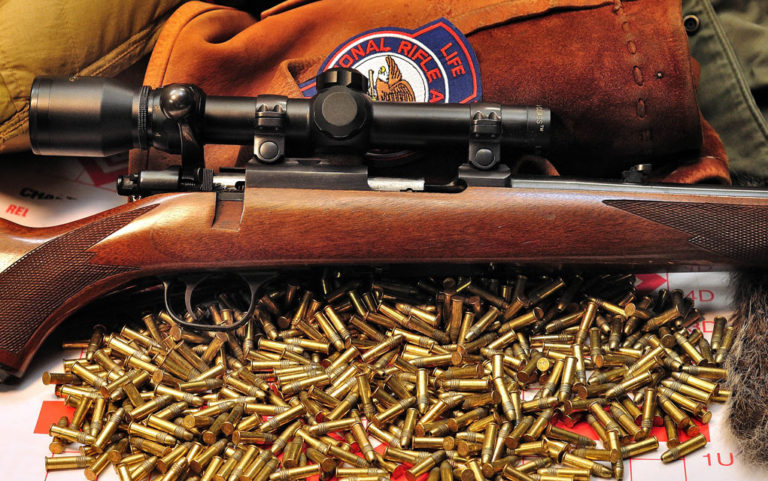
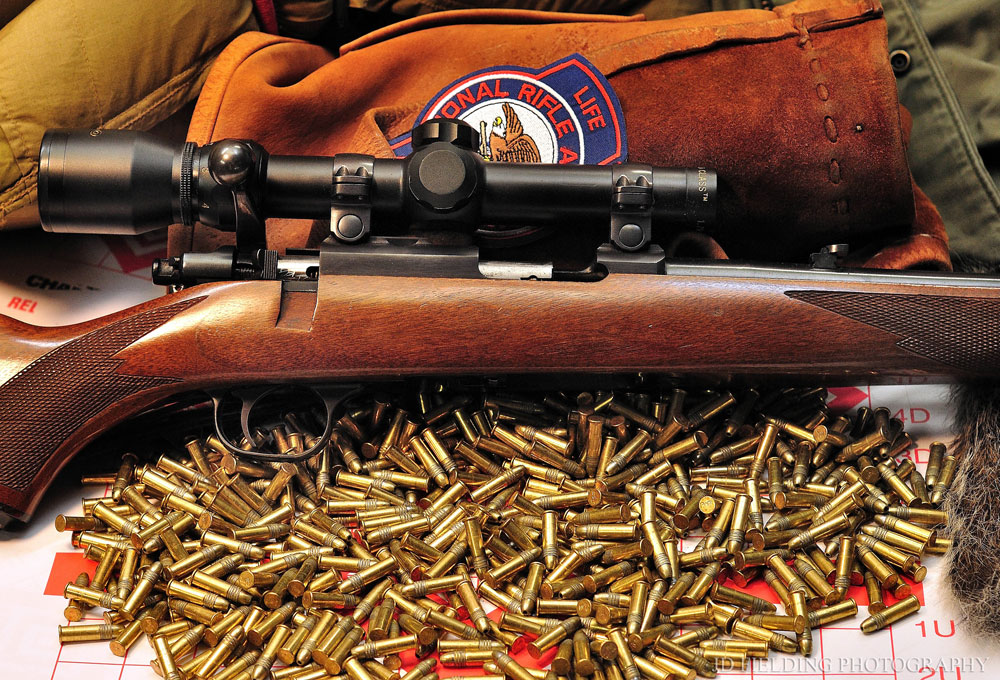
The Beginning
It was a warm October afternoon, and my Dad was sitting maybe 10 or 12 yards away, on a smooth oak stump, looking up. The subtle, furtive motion of his index finger directed me to look up into the big oak we were watching, and I could see the flicking tail of the gray squirrel. Within seconds, a fuzzy head appeared, replete with yellowing chompers, and twitching whiskers.
The younger me slowly raised the rifle, aligning the iron sights just as Ol’ Grumpy Pants had so often instructed, and squeezed, not jerked, the trigger. The resulting report and the sound of something landing in the freshly fallen leaves were music to my ears, for something monumental had just happened: I became a hunter.
I still have that .22 LR; it is a 1985-vintage Ruger Model 77/22, and I use it often, as both a training tool and a hunting rifle. There’s no denying the validity of the .22 Long Rifle cartridge, but it isn’t the only rimfire cartridge out there. As matter of fact, there are many rimfire catrirdges, and it may warrant owning several. Let’s take a look at some of the best—and not so obvious—rimfires ever made.
The .22-caliber Rimfires
The .22 Long Rifle is, invariably, the most popular of the rimfire cartridges, for good reasons we’ll get into momentarily. However, it wasn’t the first, and it isn’t alone. It has many siblings, like the BB cap and CB cap, but among the most popular are a couple of older brothers, and a younger brother.
 The .22 Short
The .22 Short
Being the smallest of the bunch, the .22 Short has been with us for 160 years. Originally a black powder cartridge, the .22 Short has survived the transition to smokeless powder and is still a fun cartridge to shoot. Using a 29-grain bullet at just over 710 fps, the Short is an effective tool for small game like squirrels and rabbits at close ranges, say within 50 yards or so. Many “parlor” guns were chambered for the .22 Short, and while it’s become a bit of a novelty, if you want to hunt at close ranges, the .22 Short will present a fun challenge.
The .22 Long
A bit longer and just a bit younger, the .22 Long was an improvement over the .22 Short, using 20 percent more powder and a 45-grain bullet. CCI still offers ammunition, using a 29-grain bullet at a muzzle velocity of 1,215 fps. Like the .22 Short, it has become a rarity, but it’s still a fun cartridge to shoot. You’ll see many older rimfire rifles marked as being capable of handling .22 Short, .22 Long and .22 Long Rifle. If you have one and want to give the .22 Long a whirl, it’ll work, but I think you’ll find the search for ammo more trouble than it’s worth, considering the performance of the .22 Long Rifle.
 The .22 Long Rifle
The .22 Long Rifle
Few cartridges can claim the success that the .22 Long Rifle has achieved. I don’t know any hunter that doesn’t have at least one .22 LR in their cabinet; it is that popular. It dates back to 1887—like the others, it started off fueled by black powder—and has been offered in a multitude of action styles, including single-shots, pumps, bolt guns and autoloaders. The standard loading is a 40-grain bullet at a muzzle velocity of 1,240 fps or so, depending on the manufacturer. There are many hyper-velocity loads, some using lighter bullets, some a hotter charge, which will extend the range of your .22 Long Rifle.
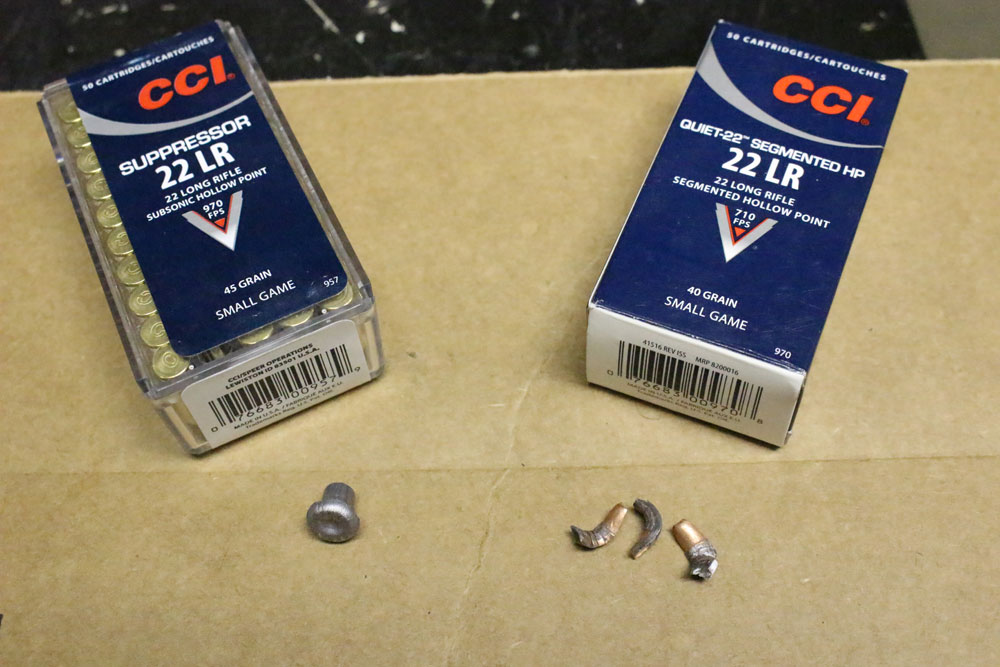 The CCI Stinger, using a light bullet and a slightly elongated case, was among the first, and remains a solid choice. The Remington Yellow Jacket and Viper, and Browning BPR ammo will also give higher-than-normal velocities. On the other end of the spectrum, there are many good subsonic loads for those who like to keep things as quiet as possible. Norma Sub-Sonic .22 and CCI’s Quiet-22 are good choices for quieter loads for hunting or for training a new shooter. Please be aware that many of the autoloading rifles and pistols require a certain muzzle velocity, or more specifically, an energy level, to cycle the action.
The CCI Stinger, using a light bullet and a slightly elongated case, was among the first, and remains a solid choice. The Remington Yellow Jacket and Viper, and Browning BPR ammo will also give higher-than-normal velocities. On the other end of the spectrum, there are many good subsonic loads for those who like to keep things as quiet as possible. Norma Sub-Sonic .22 and CCI’s Quiet-22 are good choices for quieter loads for hunting or for training a new shooter. Please be aware that many of the autoloading rifles and pistols require a certain muzzle velocity, or more specifically, an energy level, to cycle the action.
There are all kinds of projectiles available for the “twenty-two,” as it’s known here, or the “two-two,” as it’s known across the pond, from waxed lead bullets to plated hollowpoints to shotshells to fragmenting bullets. If you think about it, the .22 Long Rifle might just be the most versatile cartridge ever invented.
The .22 Winchester Magnum Rimfire
Developed in 1959, the “.22 Mag.” is definitely a different sort of rimfire cartridge, delivering a 40-grain bullet at 1,900 fps or more. This combination makes for a 150-yard gun, without problem, and it is fully capable of taking coyotes and foxes. Like the .22 LR, there are many projectile types available, from the full metal-jacketed slugs, to frangible hollowpoints to polymer tipped bullets—as used in the CCI .22 Mag. V-Max load, built around the 30-grain Hornady bullet. If you want a .22 rimfire with a bit more reach than the LR, look no further than the .22 WMR. It can be a bit harsh on squirrels and rabbits, but it’s a better choice for larger furbearers and distant varmints.
The .17-caliber Rimfires
 The .17 HMR
The .17 HMR
Shortly after the turn of the 21st century, Hornady announced the first new rimfire cartridge since the .22 WMR: the .17 Hornady Magnum Rimfire (HMR). Using the .22 WMR case necked down to hold .172-inch bullets, the new cartridge would push a 17-grain bullet at 2,550 fps, resulting in a flat-shooting small game rimfire cartridge. While it is susceptible to wind drift, under good conditions this cartridge can make solid hits out to 200 yards, and sometimes more. The light-for-caliber frangible bullet does less damage to furbearers, yet will create the “red mist” when used on prairie dogs and woodchucks. Recoil is virtually non-existent, and the .17 HMR can be very accurate. It has caught on, and it makes a good choice for those who prefer rimfire cartridges to the bigger cases of the .17 centerfires.
 The .17 Mach 2
The .17 Mach 2
Two years later, Hornady struck again, using the CCI Stinger case (just slightly longer than the standard .22 LR case) necked down to hold the same bullets as the .17 HMR. There are two bullet weights offered: a 15.5-grain bullet and the same 17-grain bullet the HMR uses. While it is a fun gun to shoot, the Mach 2 is declining in popularity. Velocities for the 15.5-grain bullet run at 2,050 fps, while the 17-grain pill is moving at 2,100 fps.
 The .17 Winchester Super Magnum
The .17 Winchester Super Magnum
This may be the sleeper of the bunch, and I like this cartridge quite a lot. Winchester used a .27-caliber nail gun blank as the parent case for this little gem, and it will drive a 20-grain bullet to an even 3,000 fps. I’ve used this cartridge in the windy plains of South Dakota to effectively kill prairie dogs out to 300 yards, and sometimes more. Were I looking for a true, long-range rimfire rifle, I’d look no further than the .17 WSM; it’s hot on the heels of the .17 Hornet, and one helluva lot of fun to shoot.
The Others
There are other rimfire cartridges that have either fallen to the hands of time or a lack of following. The 5mm Remington had a brief moment in the sun, but never caught on. There are some classics, like the .44 Henry Rimfire—think Kevin Costner in “Dances With Wolves”—and a whole slew of larger caliber rimfires that were designed for both rifle and pistol. They were early developments, and while the odd firearm may pop up once in a while, the ammunition is very difficult to come by. In our age, the rimfire cartridges are relegated to .22 or .17 caliber, but what we have is very useful. Long live the rimfires!
Editor's Note: This article is an excerpt from the Spring 2017 issue of Gun Digest the Magazine.

Next Step: Get your FREE Printable Target Pack
Enhance your shooting precision with our 62 MOA Targets, perfect for rifles and handguns. Crafted in collaboration with Storm Tactical for accuracy and versatility.
Subscribe to the Gun Digest email newsletter and get your downloadable target pack sent straight to your inbox. Stay updated with the latest firearms info in the industry.

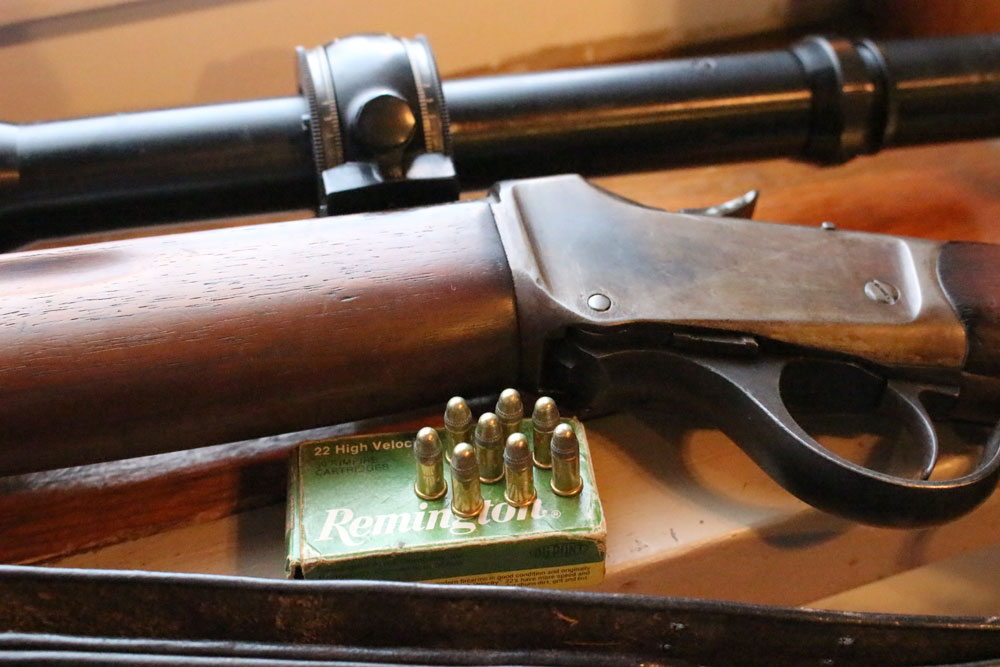 The .22 Short
The .22 Short The .22 Long Rifle
The .22 Long Rifle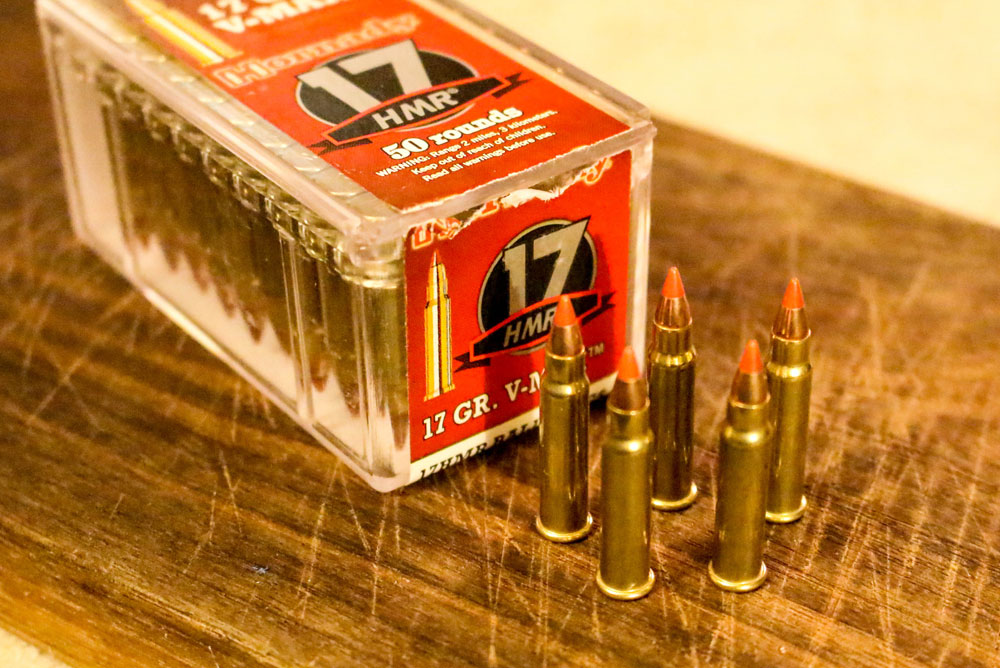 The .17 HMR
The .17 HMR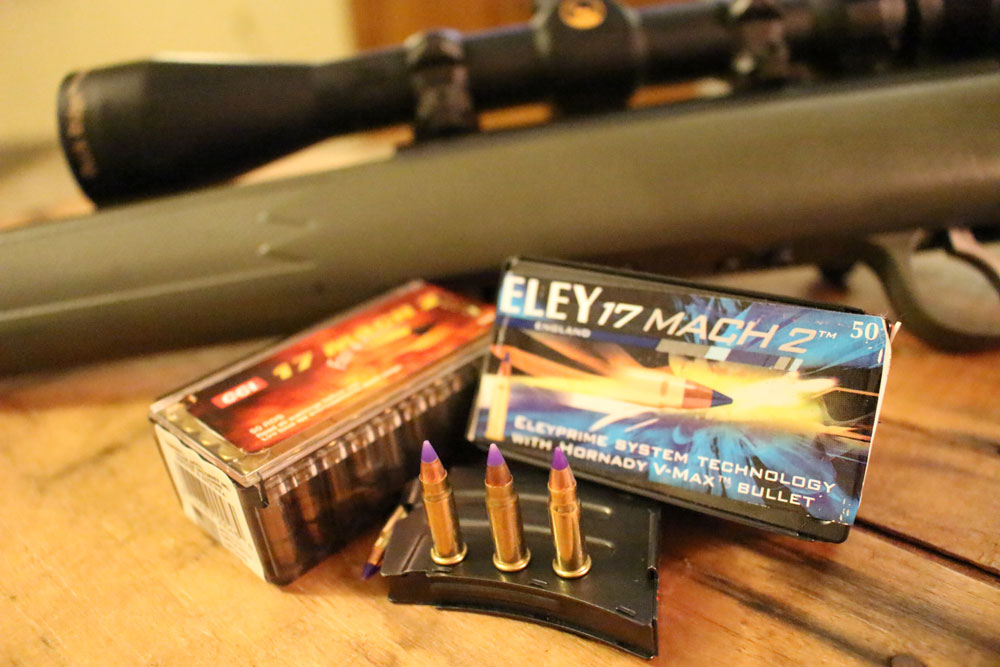 The .17 Mach 2
The .17 Mach 2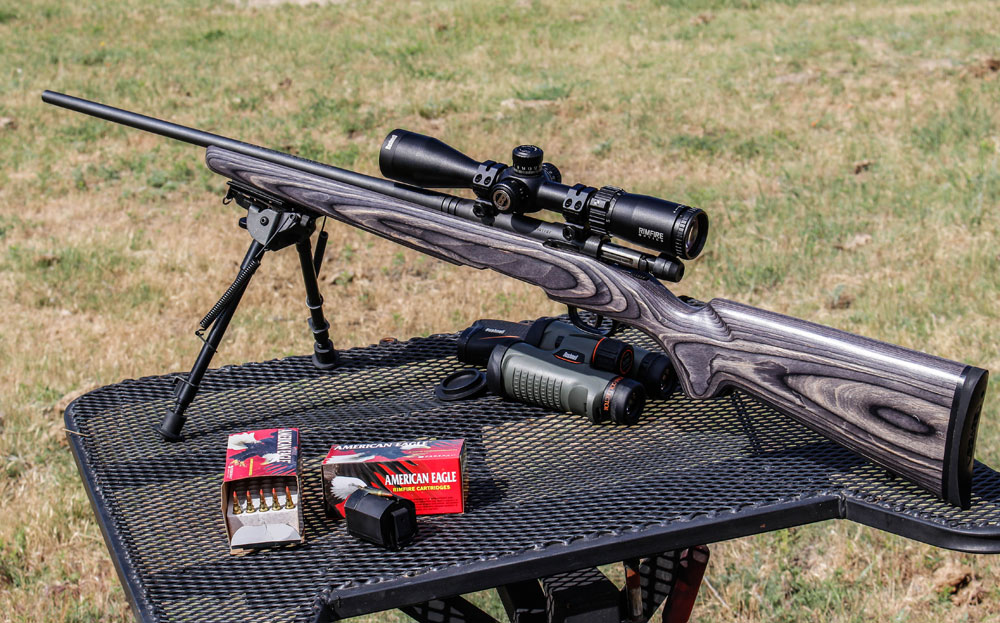 The .17 Winchester Super Magnum
The .17 Winchester Super Magnum![Best Concealed Carry Guns In 2025 [Field Tested] Wilson Combat EDC X9S 1](https://gundigest.com/wp-content/uploads/Wilson-Combat-EDC-X9S-1-324x160.jpg)


![Best 9mm Carbine: Affordable PCCs [Tested] Ruger Carbine Shooting](https://gundigest.com/wp-content/uploads/Ruger-Carbine-Shooting-100x70.jpg)
![Best AR-15: Top Options Available Today [Field Tested] Harrington and Richardson PSA XM177E2 feature](https://gundigest.com/wp-content/uploads/Harrington-and-Richardson-PSA-XM177E2-feature-100x70.jpg)

One of my favorites was the .32 rimfire…but talk about hard to find!